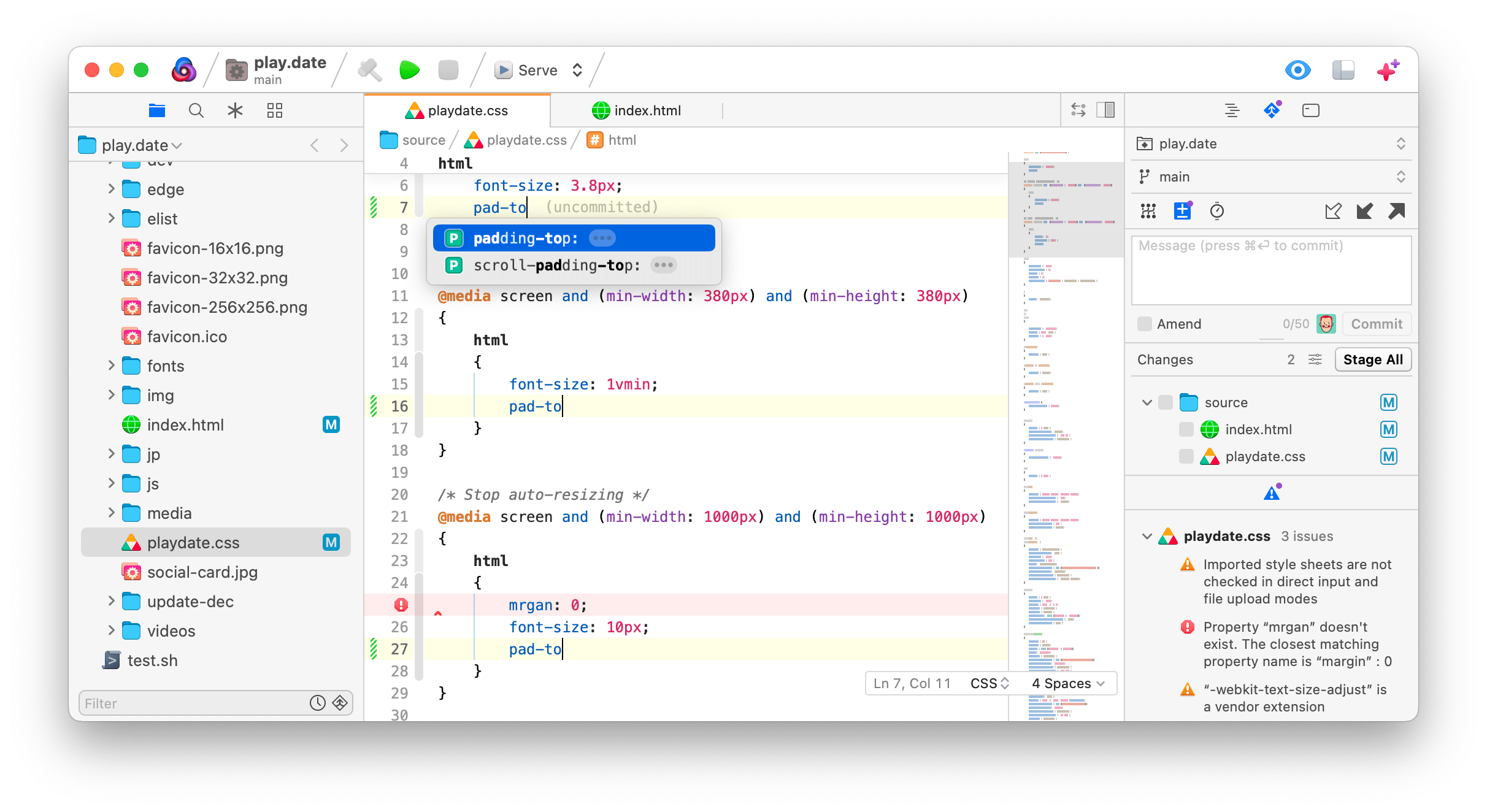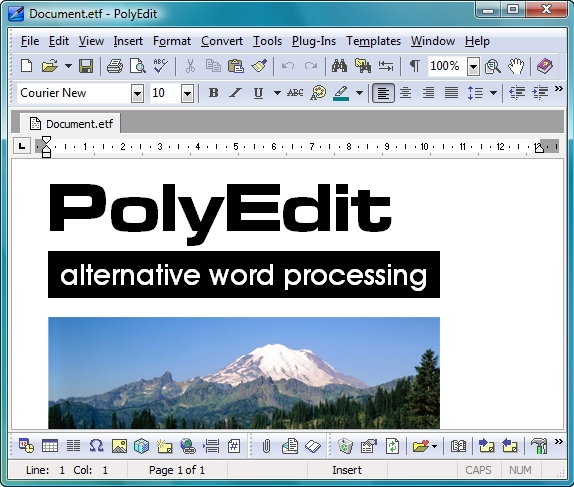
I type a name for my new file (myfile.txt) and press Enter again. A prompt appears at the bottom of the screen, asking for a file name. To start a new file, I have moved the cursor over to the link “Visit New File” and pressed Enter. The program displays a welcome message in the main window: In the screenshot below, I have started emacs by itself. For an existing file on disk, the contents are copied into memory first and then loaded into the main editing window. If the file doesn’t exist, emacs starts with an empty editing buffer and waits for you to start typing. You can start emacs either by itself, issuing the simple command emacs, or by specifying a file name after it. At the end of it, emacs will be available for you to work with. The process is just like installing any other Linux package: a lot of text messages will scroll by and installation progress will be shown. Once you say yes (with a single keystroke of “y”), all emacs packages and their dependencies will be downloaded and installed. It will also give you an estimate of disk space required.
#Use text edit for html on mac install#
In both cases, Linux will query the required package information from available mirrors or software libraries and ask whether you would like to go ahead and install it. In Ubuntu 12, I ran the following command to install emacs. So I ran the following command to install the emacs packages: ~]# yum install emacs This was not the case in my CentOS 6.5 system: ~]# -bash: emacs: command not found If the program is installed, the editor will start with the default welcome message. You can check if your Linux system has emacs installed by simply running the following command: emacs Emacs is also available for graphical window managers for Linux like GNOME however we will only cover the “text based” version here. In this article, we will see how we can install emacs in a Linux system and use it for basic text editing. Its strengths and features would resemble those of vi while its menus, help files and easy-to-remember command-keys would compare with nano.


Emacs is also more than just a text editor it can be customized and extended with different “modes”, enabling it to be used like an Integrated Development Environment (IDE) for programming languages like Java, C or Python.įor those who have used both the ubiquitous vi and the user-friendly nano, emacs would come as an interesting cross-between. It’s been around for a long time (more than twenty years for GNU emacs) and is well known for its powerful and rich editing features.

Emacs is one of the oldest and most versatile text editors available for Linux and UNIX-based systems.


 0 kommentar(er)
0 kommentar(er)
